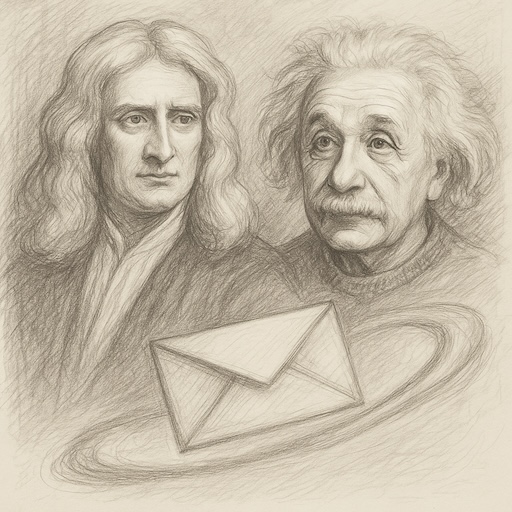In our digital era, an email or instant message can circle the globe in seconds. Yet this capability reflects centuries of incremental innovation. From horseback couriers to high-speed fiber networks, each advance in communication has accelerated scientific progress and reshaped collaboration.
Early Fragmentation
After the invention of paper, written records existed but moved slowly. In ancient China, merchants occasionally carried mail along trade routes. Formal networks, however, were limited to imperial and military courier stations, where mounted riders galloped between outposts to relay critical dispatches. Ordinary citizens depended on informal and often unreliable methods.
England’s Public Postal Service
England was the first nation to extend postal service to the public. In 1516, Henry VIII’s decree opened formal mail routes to all subjects. Initially reserved for royal and governmental dispatches, the system soon expanded to merchants and private individuals. Over the 16th and 17th centuries, scheduled coaches, fixed rates, and published timetables standardized routes among London, York, Bristol, and other centers.
During the Great Plague of 1665–1666, Isaac Newton retreated to Woolsthorpe Manor yet continued exchanging letters with fellow scholars via England’s dependable postal network. These uninterrupted communications enabled him to refine his theories of gravity and optics even in isolation.
The Golden Age of Letter Writing
By the early 20th century, handwritten letters served as mobile research seminars. Albert Einstein’s epistolary network spanned continents: he discussed thought experiments with Michele Besso, debated quantum theory with Max Planck and Niels Bohr, and shared mathematical derivations and conceptual sketches. Wartime disruptions and early postal limitations sometimes delayed letters by weeks, yet these dialogues fueled breakthroughs in relativity, quantum mechanics, and mass–energy equivalence.
The Internet’s Academic Roots
In the late 20th century, ARPANET and NSFNET linked universities, research institutes, and defense laboratories. Email—standardized by SMTP in 1982—became researchers’ primary communication tool, reducing correspondence from weeks to hours. Listservs and Usenet newsgroups evolved into vibrant hubs for discussing protocols, announcing conferences, and forging collaborations.
The launch of arXiv in 1991 revolutionized scholarly distribution, allowing researchers to share preprints instantly. As commercial Internet services expanded and web browsers became user-friendly, access to journals, datasets, and virtual laboratories grew seamless. This digital leap dismantled geographic barriers, collapsed communication delays, and elevated collaboration to unprecedented heights—driving the rapid technological innovations of the late 20th century.
We often celebrate iconic figures like Newton and Einstein for their discoveries, yet we must also recognize the systems that carried their ideas. Whether through relay stations, postal routes, or digital servers, the infrastructure of scientific exchange is a vital catalyst for every breakthrough.
From horseback couriers and royal relay stations to SMTP servers and cloud platforms, the evolution of scientific exchange underscores our enduring drive for connection. Every milestone in communication has accelerated the sharing of ideas and woven a global network of researchers transcending time zones and continents. Today’s instant messaging and collaborative platforms stand on the shoulders of these innovations, reminding us that behind each discovery lies a chain of connections. Strengthening and expanding these networks will be essential for addressing tomorrow’s scientific challenges.


